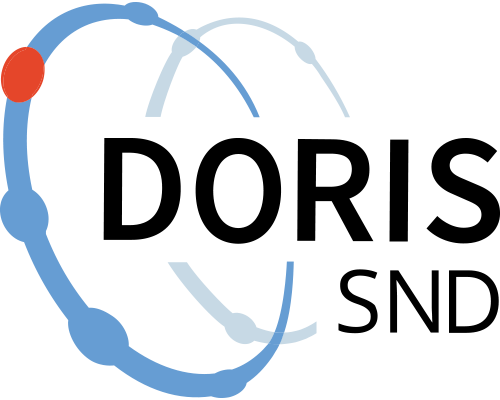Dataset: Evolution of copper tolerance in the coastal diatom Skeletonema marinoi
https://doi.org/10.5878/7eww-g857
This project explores if, and how, contemporary populations the costal diatom Skeletonema marinoi have evolved in response to mining pollution. The study systems are two semi-enclosed inlets in the Baltic Sea, where one, Gåsfjärden (VG: 57°34.35'N, 16°34.98'E), has been affected by mining pollution for ca. 400 years, while the other, Gropviken (GP: 58°19.92N 16°42.35'E), has not. Strains were isolated, and the genome sequenced for 55 individual strains, and they were phenotyped in terms of specific growth rate and dose-responses to toxic copper concentrations (6-12 uM Cu). An artificial evolution experiment was conducted by assembling 28 and 30 strains from the two locations separately, and let them evolve with, and without, toxic Cu stress of 8.65 uM, corresponding to the concentration that inhibits the reference S. marinoi strain RO5AC’s specific growth rate with 50% in acute toxic tests (Andersson et al. 2020: DOI: 10.1016/j.aquatox.2020.105551). A recently developed 523 bp long strain-specific metabarcoding loci (*Sm_C12W1*: https://github.com/topel-research-group/Live2TellOpens in a new tab) was used to track the selection process. This locus is located on contig 12 of S. marinoi, inside a pentatricopeptide (PPR) repeat region of gene Sm_t00009768-RA, encoding an RNA-binding protein. The locus has 38 SNP positions amongst the 58 strains used in this study, and 110 unique alleles with 100% heterozygosity, including two triploid/aneuploid strains. The outcome was contrasted against strain selection models computed according to Andersson et al. 2022 (DOI: 10.1038/s41396-021-01092-9). The data and analyses included here are raw data and R-scripts that analyses the data, together with essential data created from the analysis. However, sequencing data is not processed or included, but has been deposited and available at NCBI under BioProject PRJNA939970. The amplicon sequencing data has been analyzed as outlined in https://github.com/topel-research-group/Bamboozle/wiki/Bamboozle-Part-2:-Barcode-QuantificationOpens in a new tab. For more detailed information, see README.mdOpens in a new tab files associated with each step of the analysis briefly outlined below. Each of the four sections includes necessary input data and can be run separately.
Barcodes
This is an analysis pipeline of the amplicon sequences of the selection experiment using the hypervariable locus in S. marinoi. The locus was bioinformatically identified based on analysis of whole genome sequences of 55 strains of S. marinoi from two Baltic Sea locations. It was predicted to have at least one unique allele enabling tracking of evolution through selection on standing genetic diversity in a artificial evolution experiment (See Fig above). Two barcode loci (Sm_C2W24 and Sm_C12W1) were sequenced in the experiment, but Sm_C12W1 had much more allelic diversity so the majority of the analysis focus on this data (see Barcodes/Barcoding_C12W1/README.md for more information). This Git repository does not contain the bioinformatic sequence analyses, but starts after raw reads have been trimmed, merged, and mapped back to the known allele sequences. Data from two pre-processing approaches are included, one based on Dada2 error-correction (Barcodes/Barcoding_C12W1/C12W1_BBmergeDada2_input), and one that uses exact matches of merged amplicon sequences (Barcodes/Barcoding_C12W1/ C12W1_abundances). The latter is the one we use for the publication: Andersson et al. Strain-specific metabarcoding reveals rapid evolution of copper tolerance in populations of the coastal diatom Skeletonema marinoi, in prep. for Molecular Ecology.
The zipfile Cu_evolution.zipOpens in a new tab contains all raw data, indexing information, R-scripts, and README.mdOpens in a new tab files to reproduce the analysis and plot data. The documentation file README.mdOpens in a new tab summarizes the contents of CU_evolution.zipOpens in a new tab. Key data from the analysis is provided as individual files, which are summarized in the documentation file Datafile_descriptions.mdOpens in a new tab
Data files
Data files
Documentation files
Documentation files
Citation and access
Citation and access
Data access level:
Creator/Principal investigator(s):
Research principal:
Data contains personal data:
No
